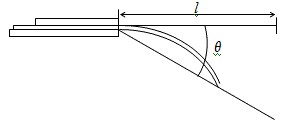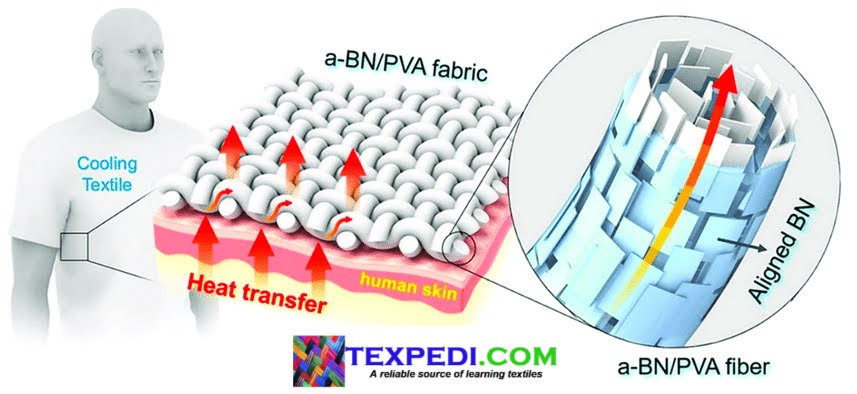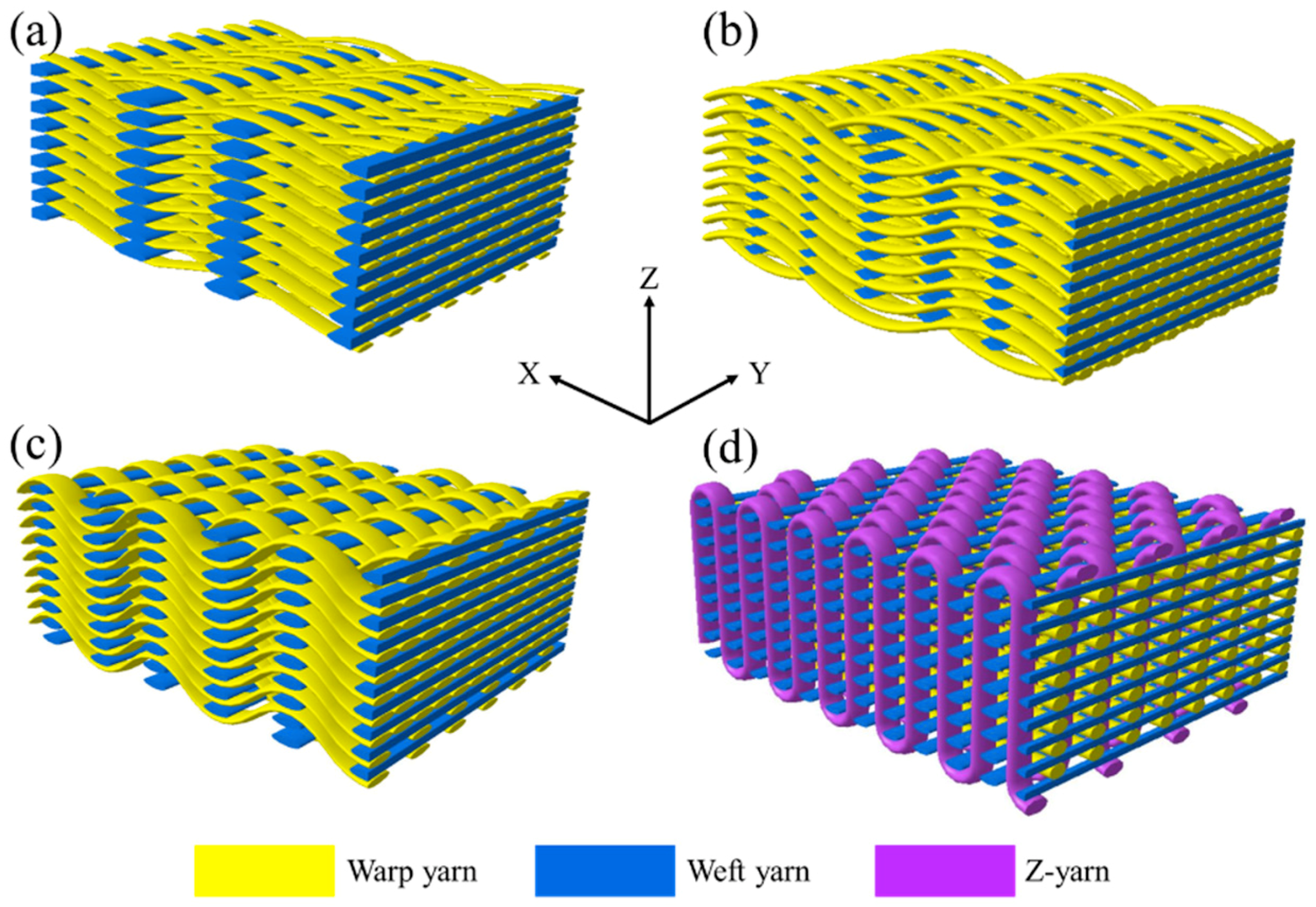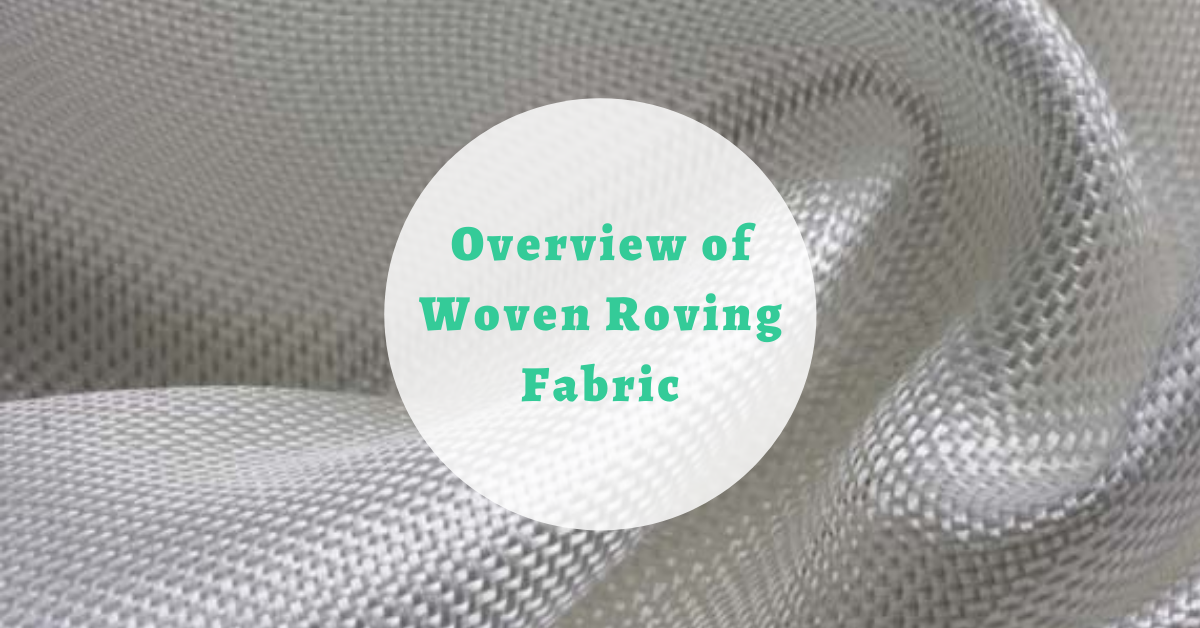Fabric length
Fabric length is measured without conditioning and after conditioning of 24 hours. If length difference is found less than 0.25 percent, then the second result is taken as sample length. If the difference is found more than 0.25 percent, then the sample is kept conditioned again for 24 hours and checked the difference in length. The process repeats until length difference achieved less than 0.25 percent. When the accurate length is found, a correction is made for the full length of fabric to calculate the accurate length of bulk.
Fabric width
Fabric width in loom may change in the finishing section. Contraction is occurred in wet treatment and stretching done by stentering. Fabric width is measured from at least 10 places randomly chosen with an equal interval. The length is measured before and after conditioning of fabric and is observed the accuracy level whether it is within the limit or not. The accuracy is 0.1 inch, 0.05 inch and 0.02 inch for 18 inches or more width fabric, 4 inches or more width fabric and less than 4 inches respectively. Continuous width measurement is also possible by using a pair of photoelectric cells.
Fabric thickness
A fabric how much thick is required in the study of fabric geometry and properties such as thermal insulation, resilience, dimensional stability, fabric stiffness, abrasion etc.
Two circular metallic objects named as ‘presser foot’ and ‘anvil’ is employed, between which circular fabric sample is placed. The diameter of the presser foot should not be less than 5:1 ratio with fabric thickness. The diameter of the anvil should be at least 2 inches greater than presser foot. Sample on the anvil is subjected to pressure by 0.1 lb per square inch, or 10 lb per square inch through presser foot and weight. The difference in mm between two plates is then detected by analogue or digital meter.
Fabric weight
Besides the pricing of knit fabric, fabric weight technically influences on mechanical properties, dimensional stability, wearing properties, dye consumption, serviceability etc. One method for describing fabric weight is ‘weight per running yard’ and another one is ‘weight per unit area’. Weight per unit area is expressed as GSM using a machine “gsm cutter”. A piece of fabric of 100 square cm is cut and weight is taken to calculate gram per square meter.
Thread density
Thread density determines many properties of fabric like a handle, stiffness, air permeability, dimensional stability and so on. One-inch counting glass and a microscope is enough to count ends and picks per inch in fabric.
Fabric strength
(a) Strip test
When we want to know the strength at the unidirectional direction (warp or weft) strip test is done. Bandage, adhesive tape etc. require unidirectional strength. A strip of 2-inch width and 8-inch-long (between the jaws) is prepared. If jaw breaking occurs (breaking within 0.5 cm from jaw), the test value is not regarded in the calculation. Strip test uses CRE method. ‘Crimp interchange’ or ‘waisting’ is a common phenomenon in strip test. Crimp interchange is, when threads of one direction are straightened due to tension, contraction occurs to the threads of the right angle.
(b) Tearing test
A fabric tears when it is snagged by a sharp object. The immediate small puncture is converted into a long rip with a very small amount of force. So, tear test is done to assess the fabric performance in case of subjecting sudden but huge tension from any direction.
(c) Bursting test
The bursting strength test gives the strength value at multidirectional way. Bursting test for knit fabric is popular, too. Because strip test for knit fabric is tricky since the edges of the strip is curly and the specimen is generally distorted. Filter cloths, sacks, nets and parachute clothes are an example of fabrics practically stressed in all directions. The felt fabric, nonwoven which has not well-defined direction, are very suitable for bursting test. In bursting strength tester, the pressure is created by oil, glycerin or water.
Seam strength
There are a number of the possible cause for seam failure. Sewing thread is worn out, damaging of fabric yarn in the seam and seam slippage. Seam slippage occurs when fabric uses slippery yarns or has an open structure or where the number of interlacement is low. Seam allowances, stitch density etc. also influence on-seam slippage but in testing, all of these are kept constant.
Fabric crimp
Crimp is measured by the percentage difference of length of straightened yarn and the length of yarn in fabric. Warp and weft crimp are two of the eleven structural elements of fabric construction. Crimp affects some fabric characteristics. Crimp in fabric affects the resistance to abrasion, shrinkage property, fabric design and costing. In the tensile test of strip form, crimp needs to be removed by pretension. It introduces further crimp to the yarn at the right angle.
Dimensional change
There are some categories for fabric dimension change. Hygral expansion: it is the reversible change of dimension; relaxation shrinkage: irreversible dimensional change caused by relaxing of strains applied for different steps of the processing; swelling shrinkage: caused by absorption or desorption of water; and felting shrinkage. All deformations can be ‘set’ permanently or temporarily.
Air permeability
Air permeability is defined by the volume of air in cm3 passed per second through 1 cm2 of fabric at 1 cm water pressure. The time needed is second to pass 1 cm3 of air at the above condition is termed as ‘air resistance’ property. Air permeability influences the important fabric properties like warmth and protection from rain or wind to the wearer. Higher the cover factor lowers the air permeability.
Cover factor =(thread per inch)⁄√Ne. If all threads just touch one another, don’t keep any inter-thread spaces in the fabric then the value of a cover factor is maximum, 28. But, threads must allow spaces in order to allow interlacement with transverse threads, therefore its value 28 is not theoretically possible. In the assumption of the theory of cover factor threads are considered circular in cross-section, but in practice, in fabric, threads get distorted and practically cover factor more than 28 can be achieved. The cover factor is calculated for both sets of warp and weft.
Thermal properties
Thermal comfort is achieved by heat insulation property, heat conductivity and specific heat capacity. Thermal property is assessed by thermal insulation value (TIV)=((H0-Hc)100)⁄H0. Where, H0 = heat loos per second from the uncovered surface; Hc = heat loss per second from the covered surface.
Flammability
Flammable fabric is one which propagates flame. Flame resistant means the fabric takes specific time in second according to rating to propagate flame 100 inches in a vertical strip. Flame-proof fabric does not propagate flame and a flame-resistant fabric has flame resistance rating more than 150. Flammability test is done by burning the strip at a vertical position or at 45-degree angle. The speed of flame propagation is observed and finally, flame resistance rating is fixed out.
Water repellency
Waterproof fabric is one that prevents the absorption from water. Showerproof means the fabric makes delay to absorb or penetration. Water repellent means the non-spreading state of water globule on textile material. Wetting to the fabric can be described by the contact angle measured in water and produced by the tangent of water drop and fabric surface.
When the angle is more than 90 degrees, it means the water drop remains spherical shape and can rollover the surface without wetting. Where a low contact angle is occurred the drop spreads and wets the surface. An intermediate behaviour is found when the angle is 90 degrees.
Colour fastness
The agencies that affect coloured materials include light, washing, dry-cleaning, water, perspiration and ironing. Colourfastness is usually assessed with respect to fading and bleeding of colour. There are following colourfastness test is carried out on demand: colourfastness to daylight and humidity (although test carried out with xenon arc, mercury-tungsten fluorescence lamp etc.); fastness to washing, dry cleaning, water, seawater, chlorinated water, perspiration, alkali, acid, steam, pressing and so on.
Drape, handle and softness
Fabrics are roughly classified as three categories based on their end-use. Industrial fabric, household fabric and apparel fabric. Apparel fabric must need good handle property means lustre, smoothness or roughness, stiffness or limpness draping, friction, shear, compression, anti-creasing etc. qualities.
(a) Cantilever stiffness test
Fabric softness or handle property can be assessed by stiffness and drape test. Shirley stiffness tester is employed for this purpose. A rectangular strip of fabric (6inch by 1 inch) is mounted on a horizontal platform in such a way that it overhangs like a cantilever, and bends downwards. The cantilever principle is also used for the heart-loop test.
By calculating θ and l bending length is found which determines the draping quality. Flexural rigidity which associates with stiffness is calculated with the help of bending length and cloth weight (gm⁄cm^2). Bending modulus that is free from the dimension of the strip referred to as ‘intrinsic stiffness’ is calculated from flexural rigidity and cloth thickness (cm). Lower bending length and higher bending angle indicate good drape and handle of the fabric. Lower bending modulus and flexural rigidity are found for soft handle fabric.
By Shirley stiffness tester, both warp way and weft way strip are measured. A drape meter can measure the overall drape ability of a sample to the all direction.
(b) Kawabata system
Subjective properties such as handle and comfort feeling of a fabric vary from man to man and time to time. It is known that the subjective properties of fabric entirely depend on physical and mechanical properties. Professor Kawabata showed a system to measure the subjective properties of fabric from their objective evaluation values. For this purpose, subjective evaluations of different fabrics are collected from experts. For example, subjective properties stiffness, smoothness and fullness-softness are regarded as a primary-hand for men’s winter suits. Each of the three is rated by experts with their hand feeling. The maximum rating is 10, indicates maximum primary handle and 1is opposite. The satisfactory level against rating is different for different fabrics. However, the primary hand values are then combined to give overall hand value called total hand and rated on a 5-point scale, where 5 is the best rating. The primary hand values are converted to total hand value using a translation equation for a particular fabric category which has been determined empirically.
Kawabata system set a group of 4 specialized instruments that measure tensile, compression, shear and bending properties of fabric together with surface roughness and friction. All the measurements are converted into primary hand value by a set of translation equations and the total hand value are then calculated from primary hand values by the use of second translation equation.
(c) FAST system
In practice, problems are associated with the handling of highly loose or tightly constructed fabrics in conversion into the garment. The fabrics that are easily distorted create problem in cutting and sewing hence change the shape and size of garment parts. On the other hand, firmly constructed fabrics can rise problems in garments making where some flexibilities are desirable. The FAST system is designed focusing on the above problems. The system comprises four purpose-designed and specialized testing machines compression meter, bending meter, extension meter and dimensional stability test. There are total of 10 results are calculated from the above tests and are plotted on the FAST chart. The shaded regions in the chart indicate that the respective fabric property may cause a problem in cutting or laying mentioned in the chart.
Serviceability
(a) Fabric abrasion
‘Wear’ means the number of agencies responsible for reducing the serviceability of cloths. Abrasion is one aspect of wear and can be classified as three; plane or flat abrasion: a flat area of material is abraded, edge abrasion: the abrasion which occurs at collar and folds, flex abrasion: in this case rubbing is accompanied by flexing and bending. Abrasion test is done in both warp and weft direction or at an angle with warp and weft. BFT abrasion tester machine can test all three types of abrasion test with a different arrangement. The number of cycles is counted with respect to abrasion damage. The abrasion damage can be assessed by the following parameters: producing a hole, broken threads or strip, loss of pile height, change on thickness or other fabric properties.
(b) Snagging
Snagging means the loop of thread pulled out from the fabric when getting tension by any hooked objects. The knit fabric, filament yarn is woven fabric and long float woven fabric to create a more snagging problem.
(c) Fabric pilling
Pills are formed during wear and washing by the entanglement of loose fibres protruded from the fabric surface. More pills are formed when fibres can easily be migrated from softly twisted yarn. Using high twist factor, fabric brushing or cropping, chemical treatments can reduce pill formation. Abrasion occurs on fabric surface during pilling test and the number of pills is counted against the number of rubs. The result is compared to or rated with a standard chart.
(d) Crease resistance and crease recovery
Cellulosic materials are more prone to crease and linen may be the most creasing fibre. Creasing depends on the poor bending recovery of fibres. In the crease recovery test, the small fabric of rectangular shape is folded into half and followed by load freeing. How much the angle recovered is measured.
Texpedi.com
Check out these related articles:









1 thought on “Quality parameters of fabric”